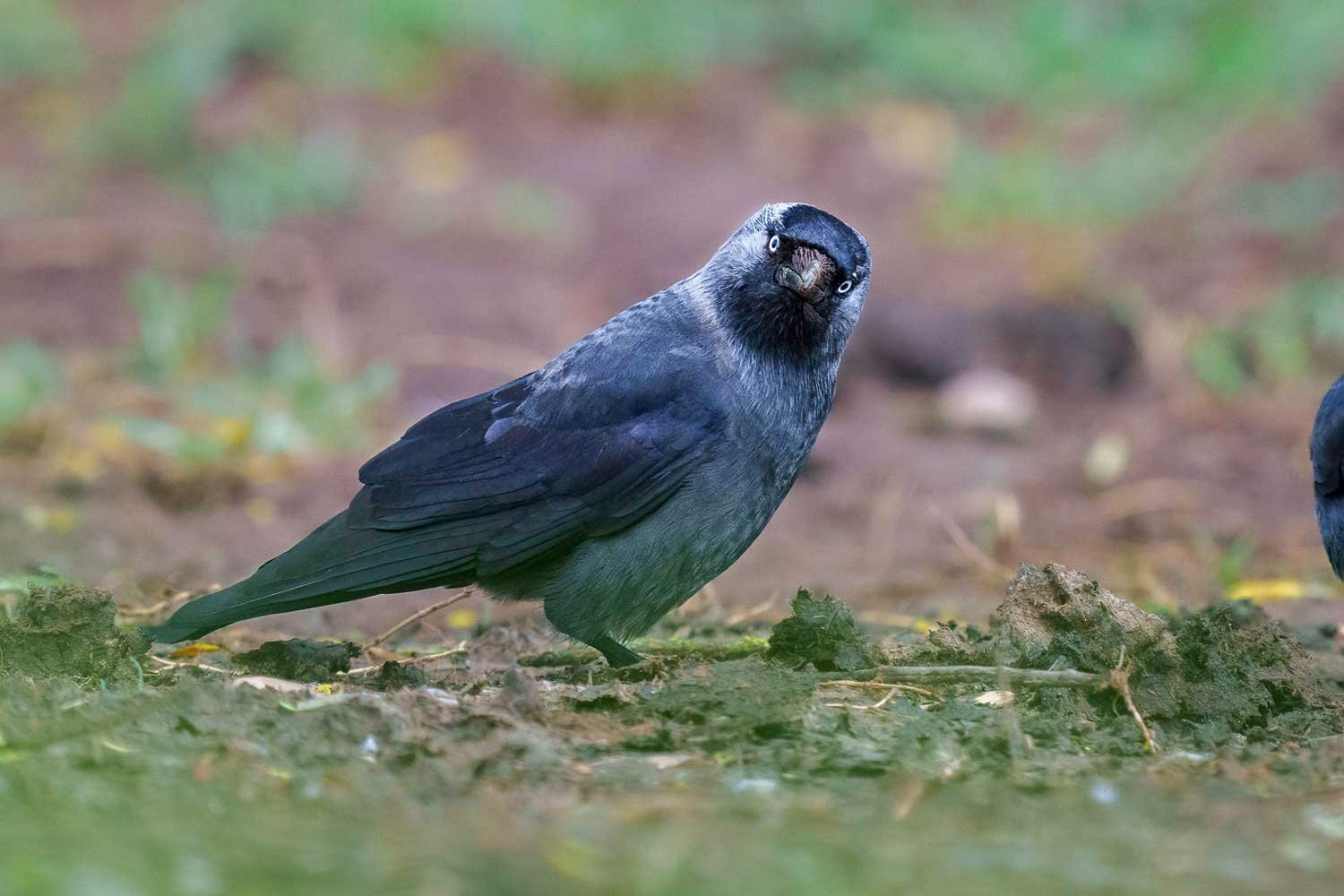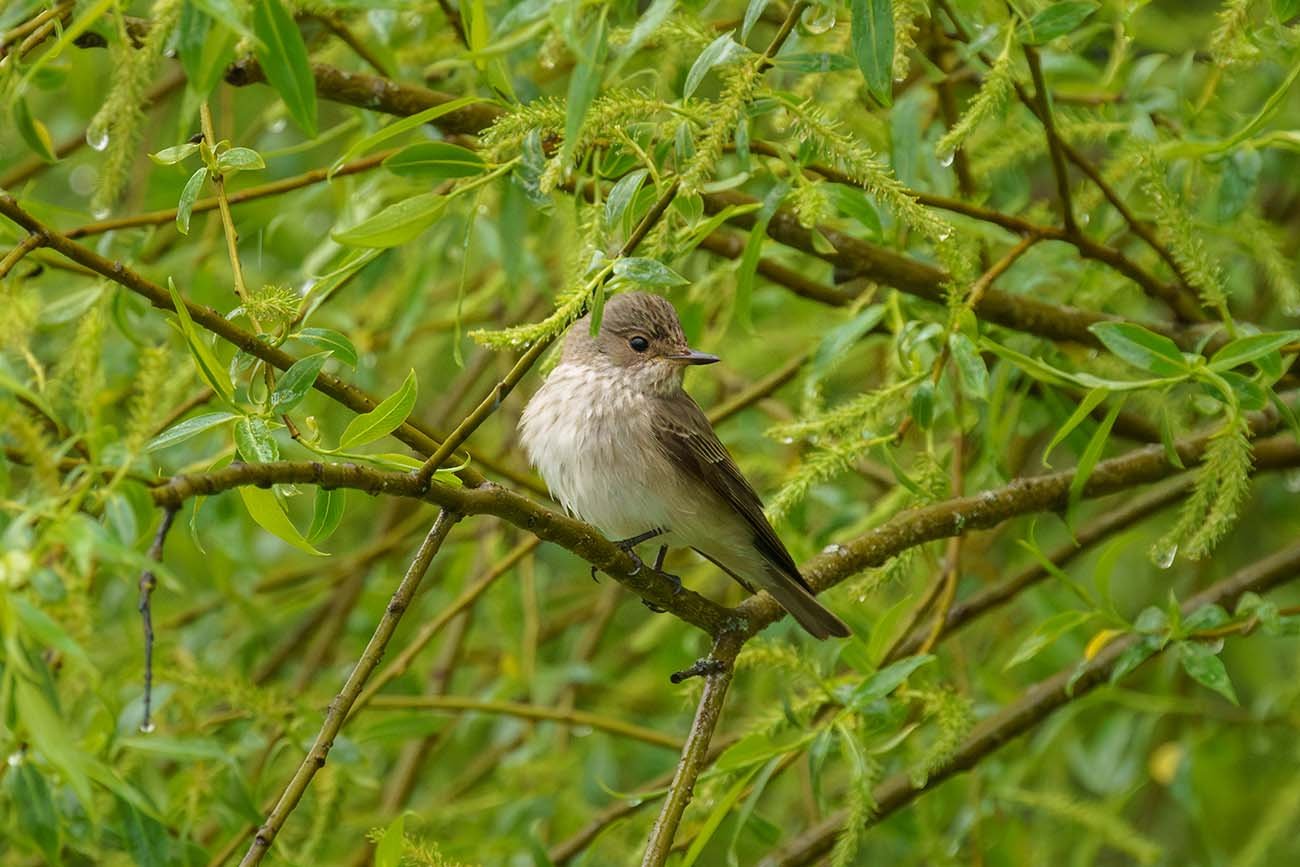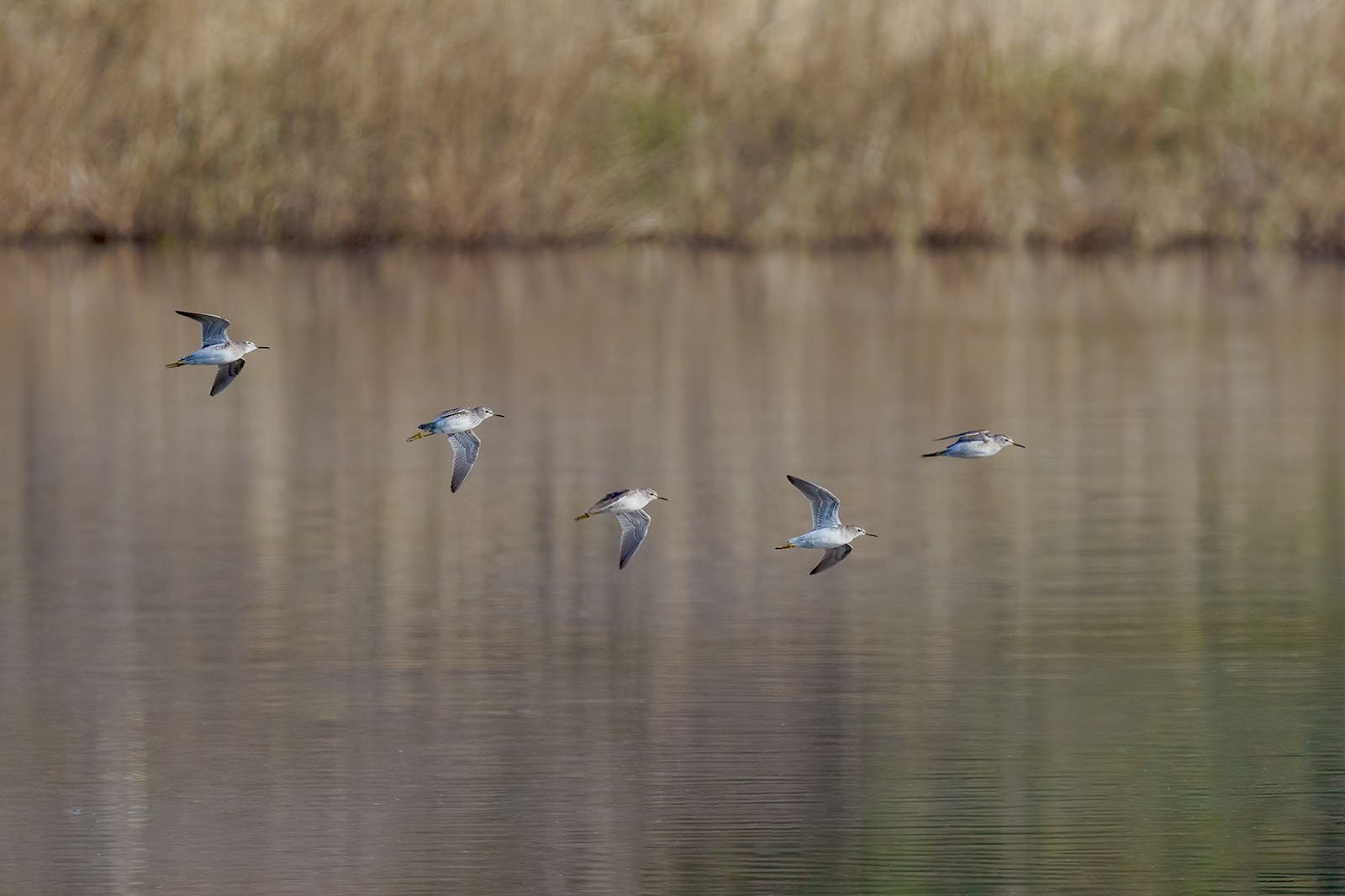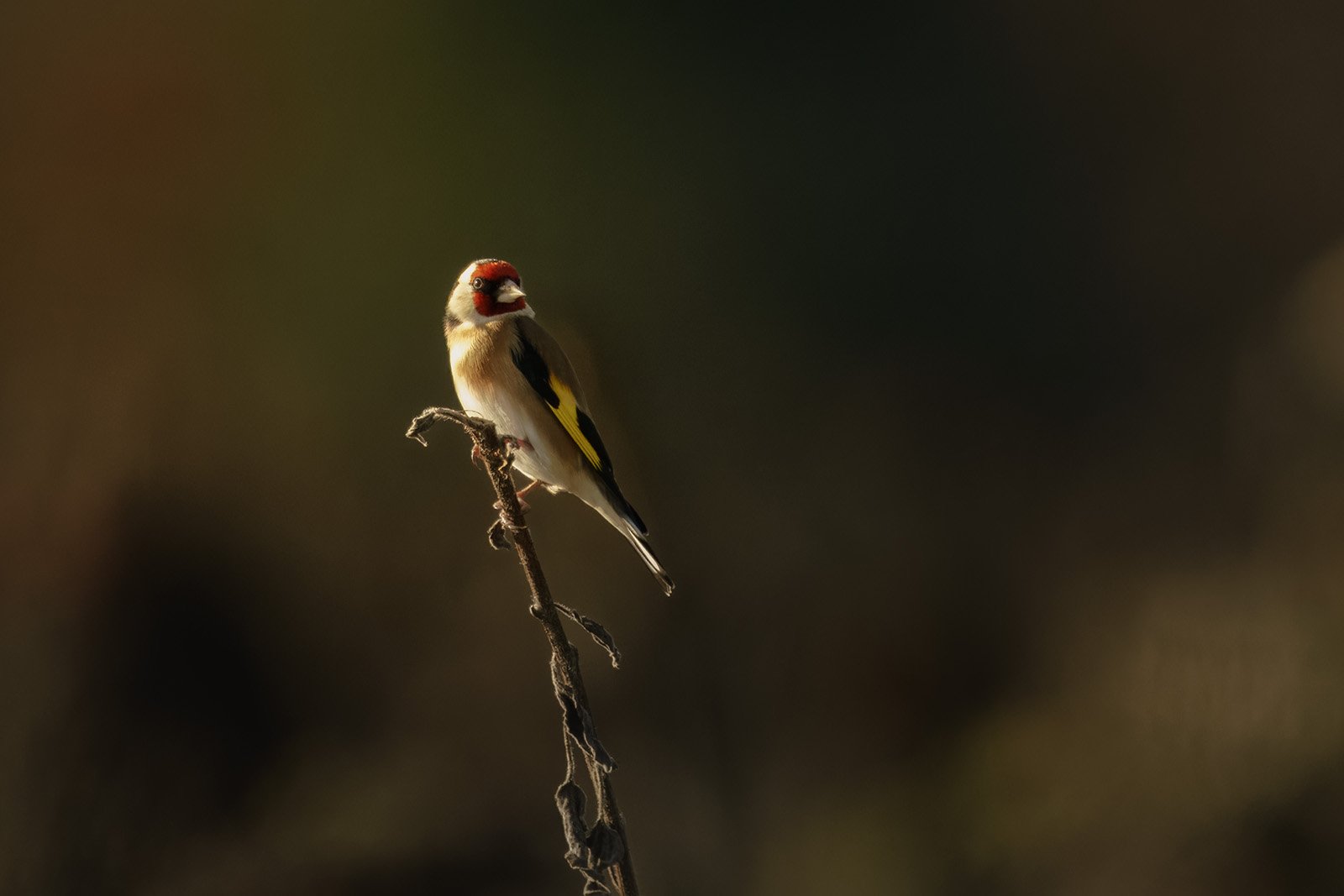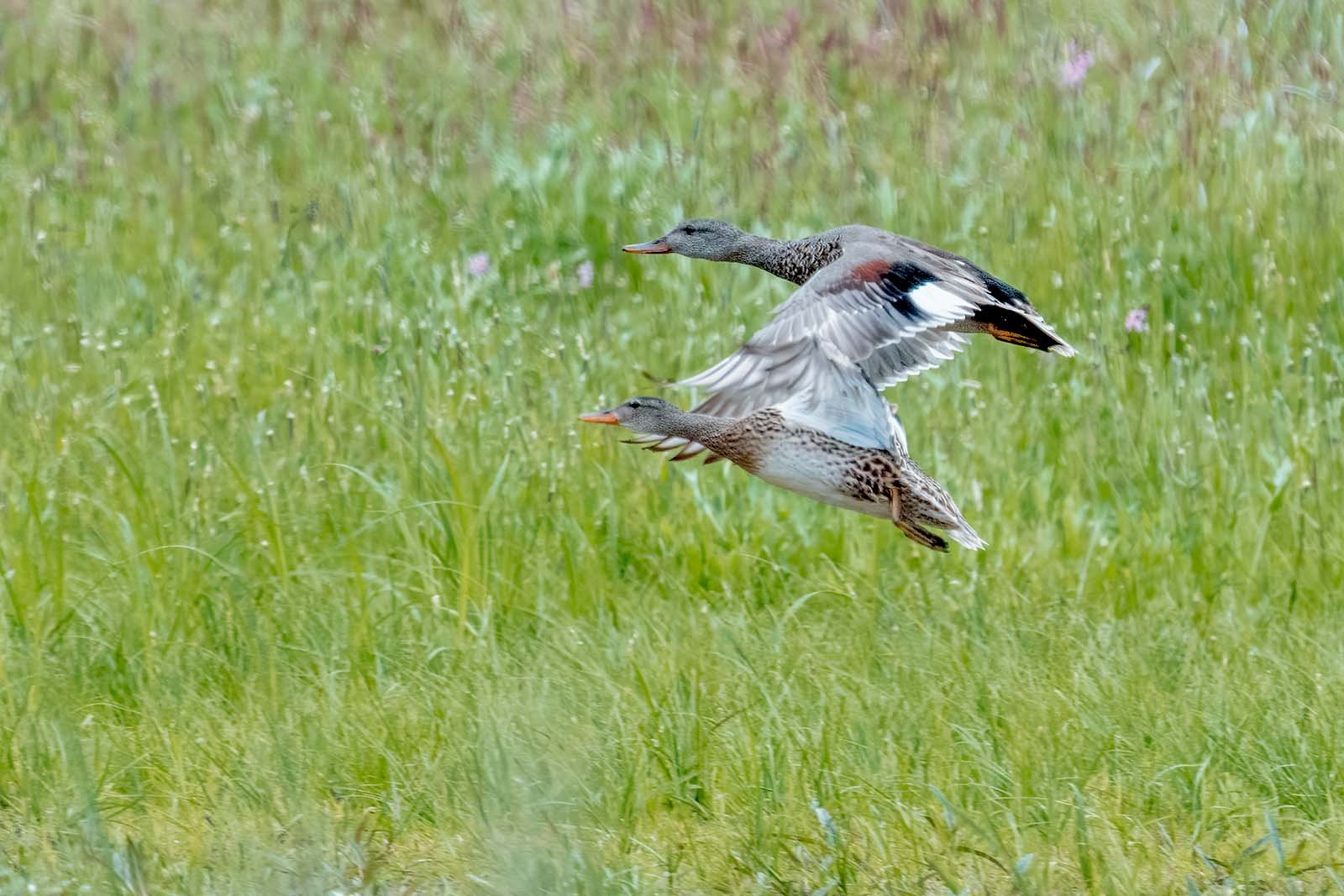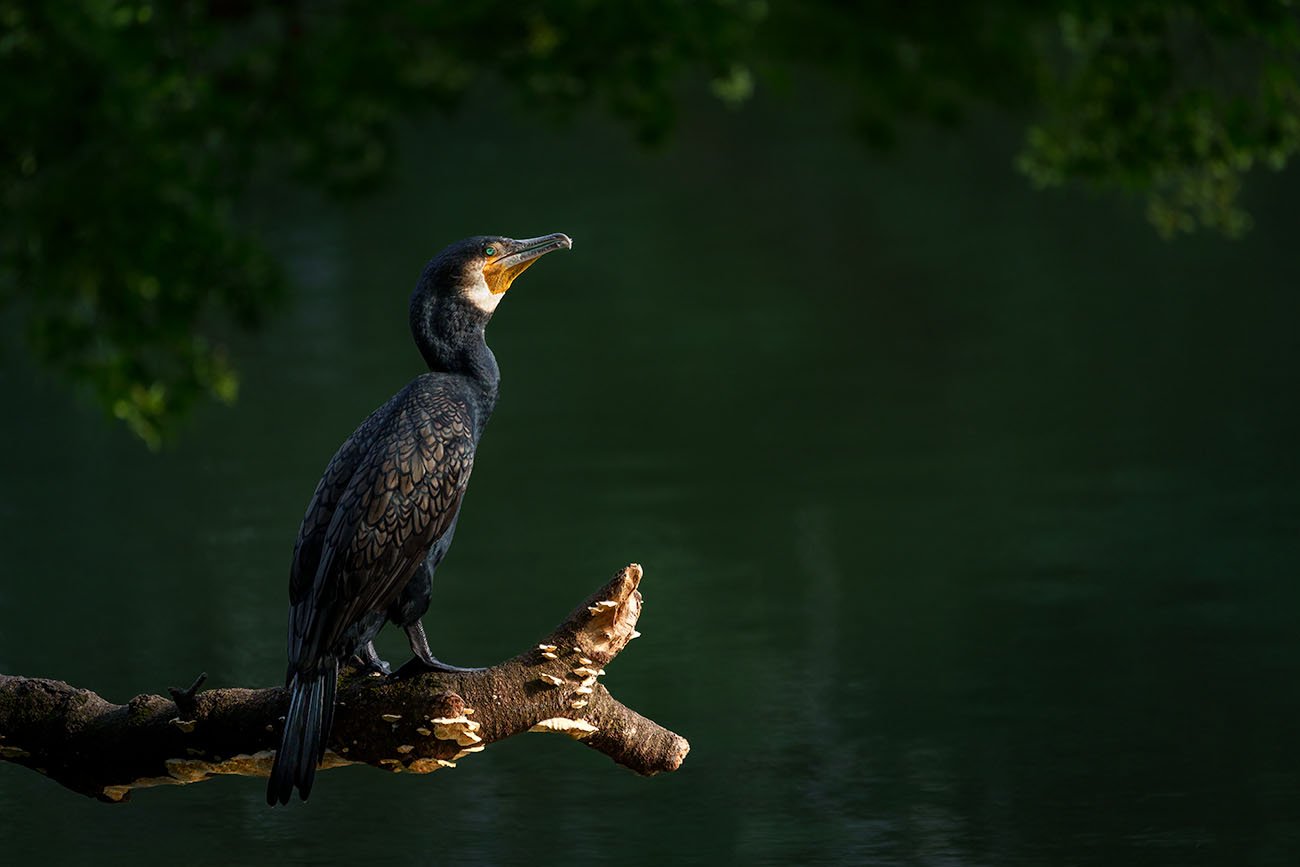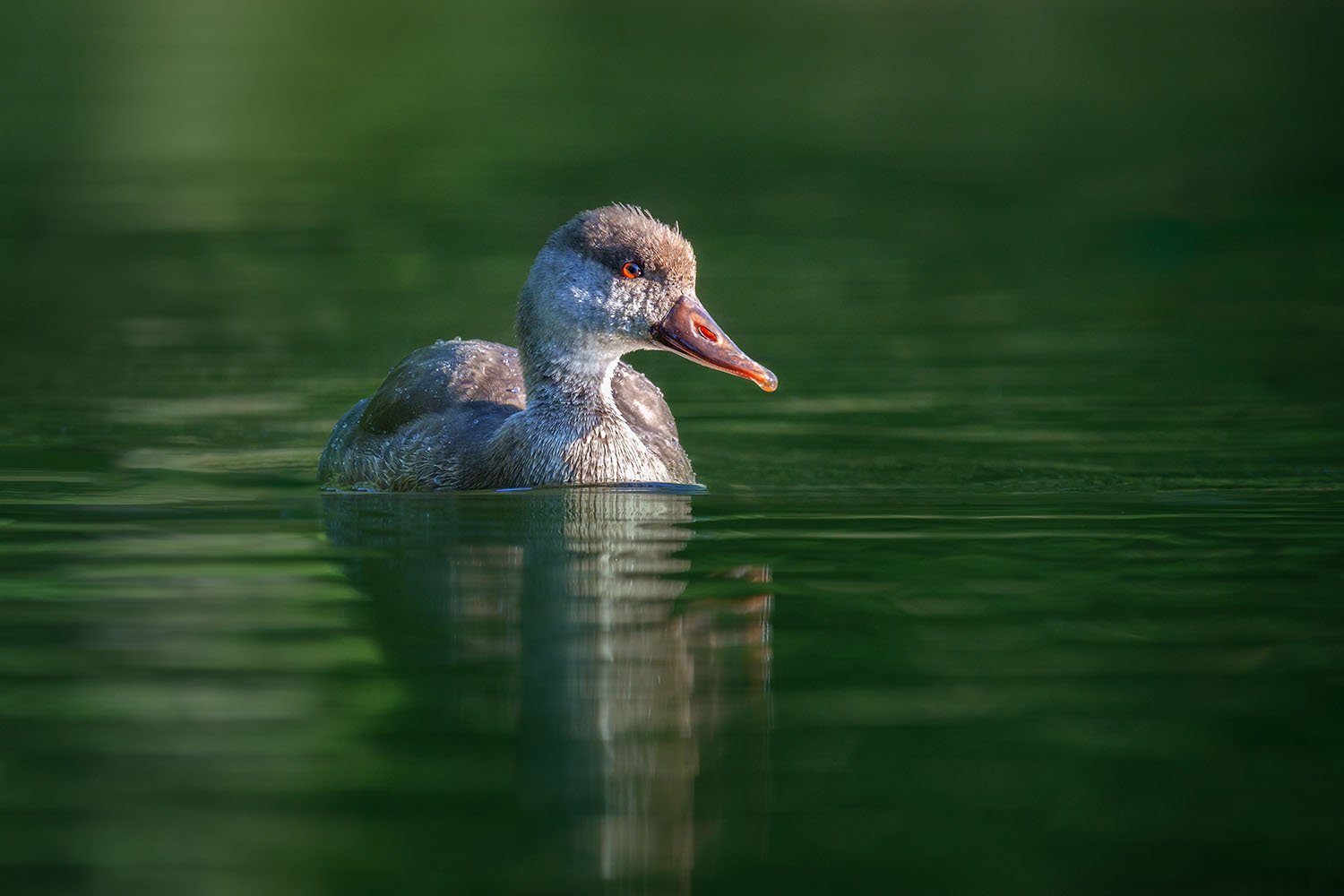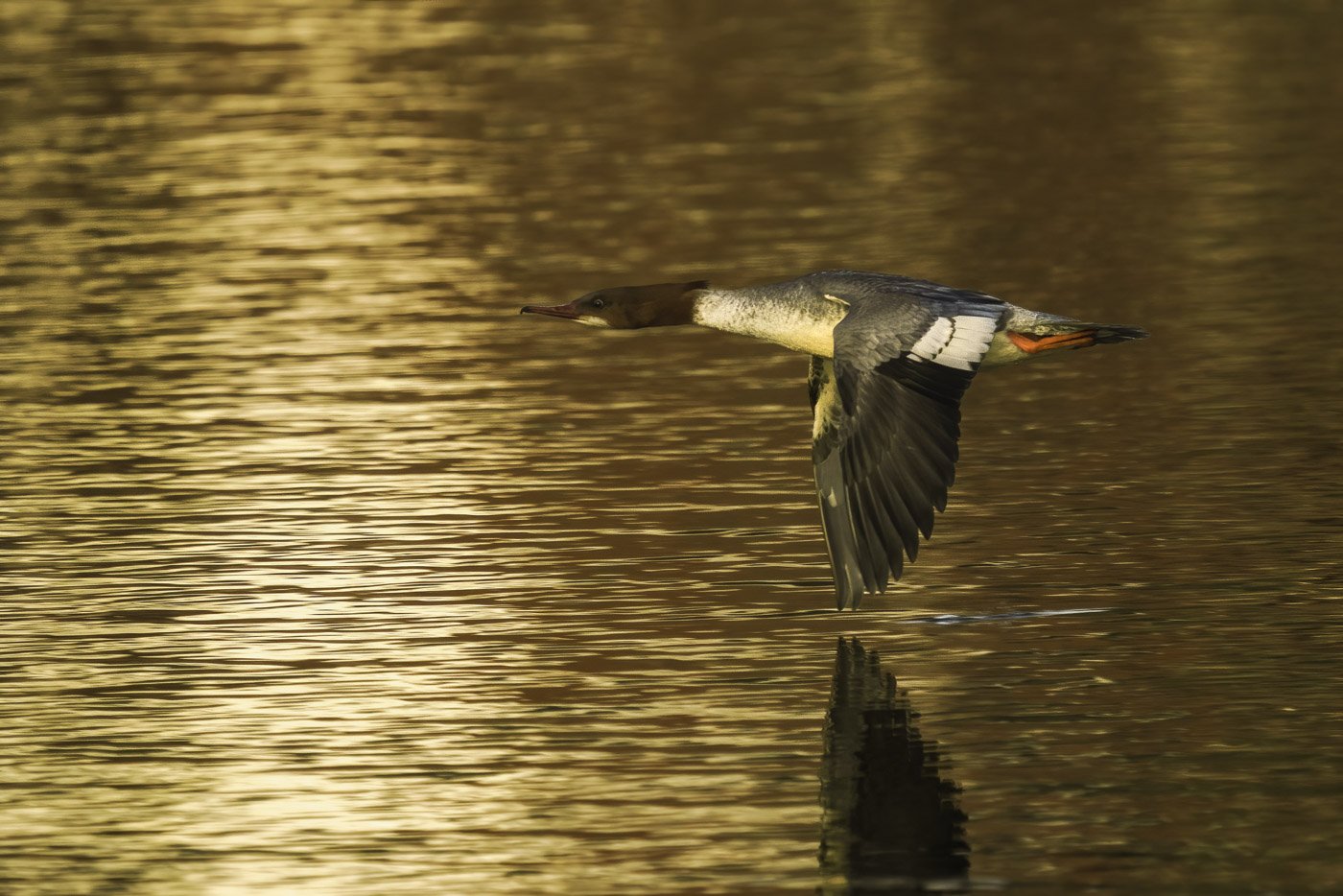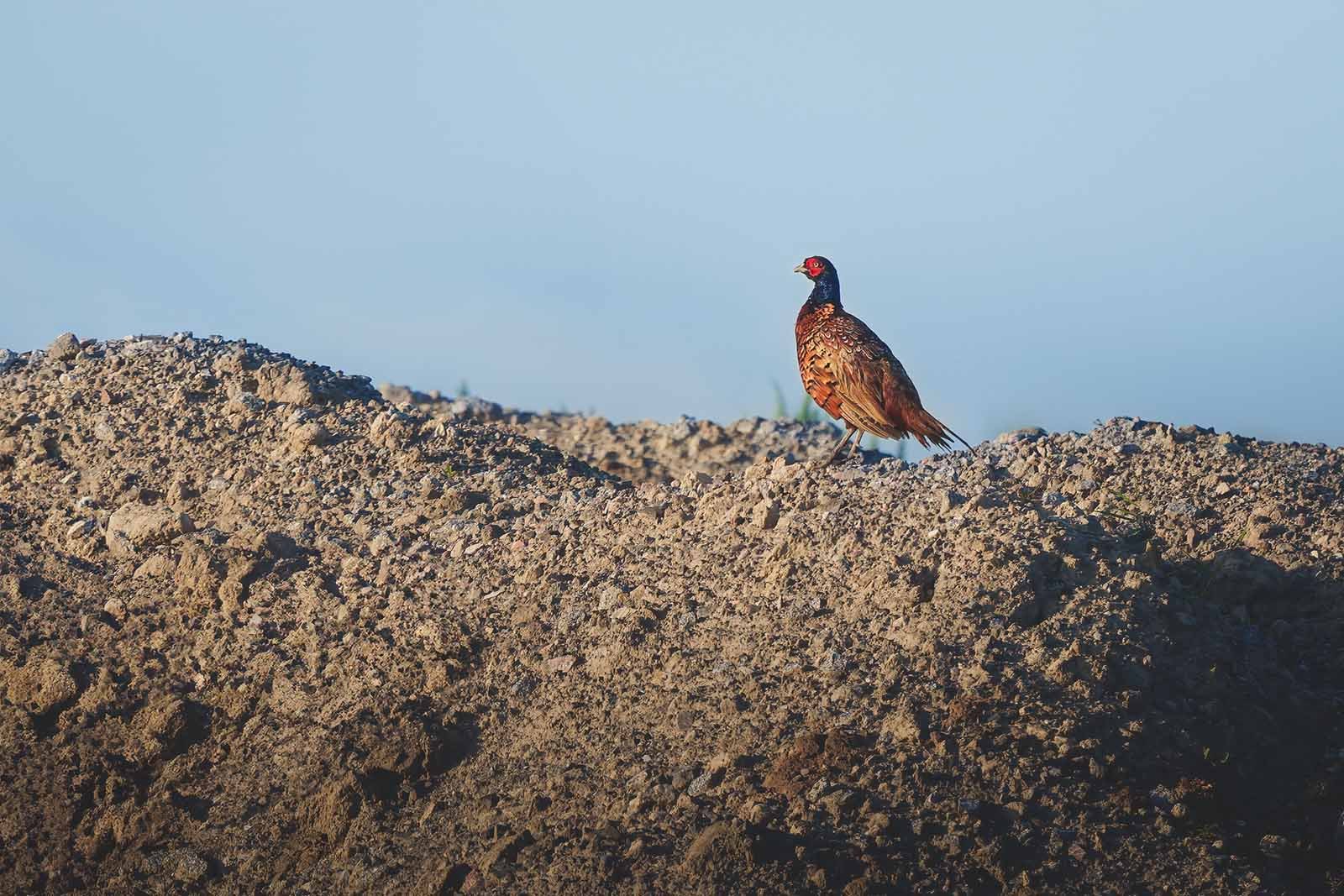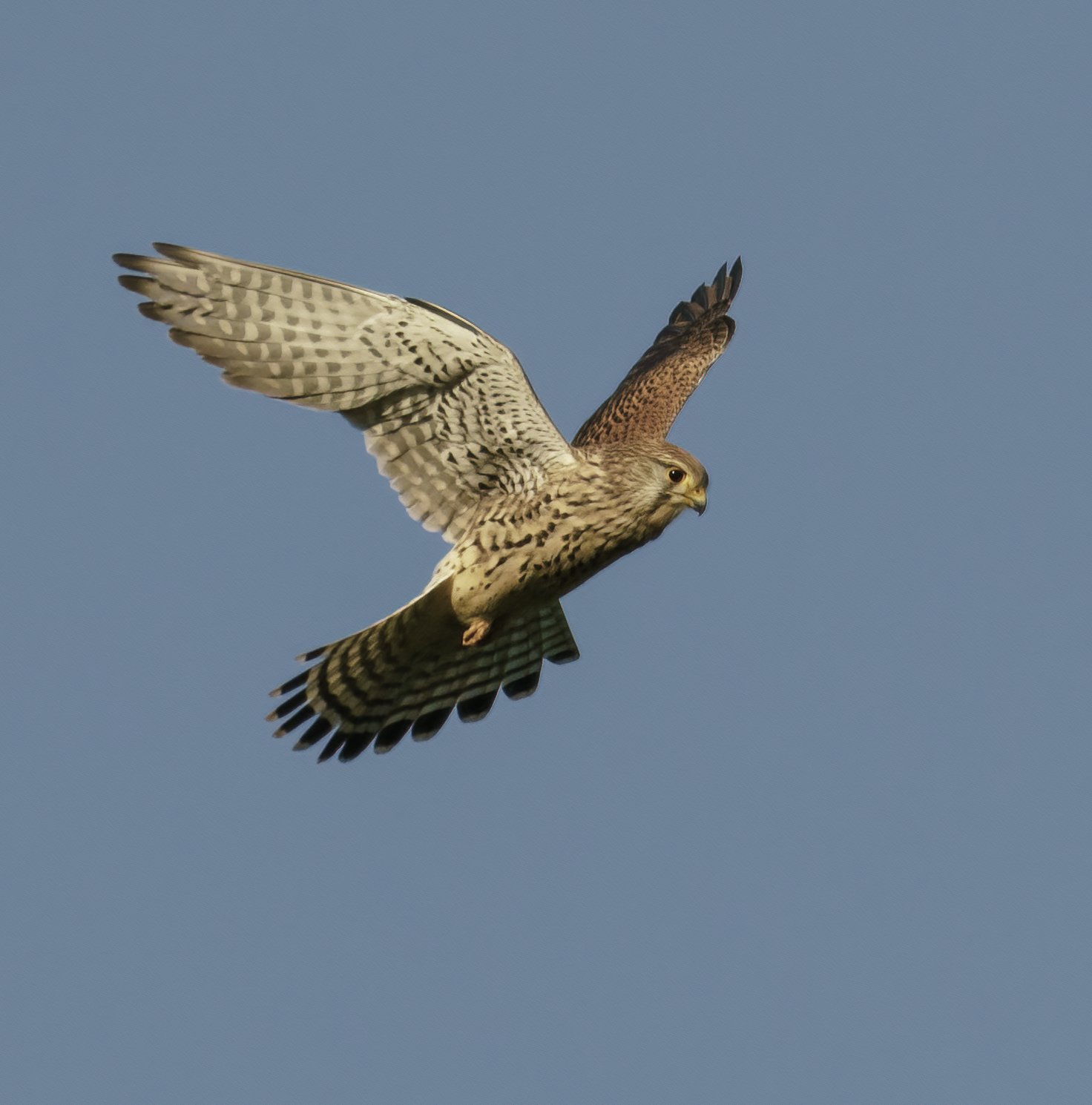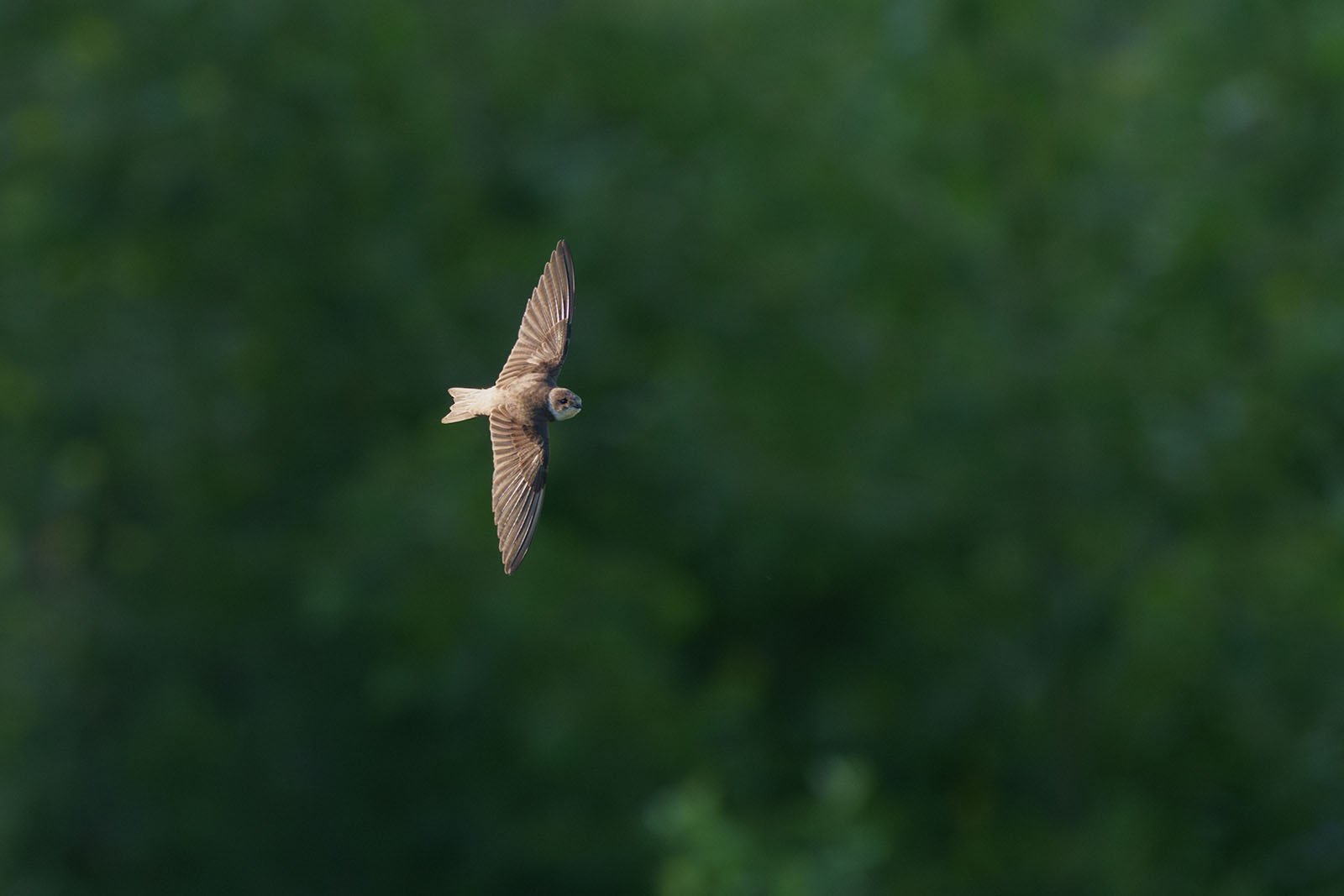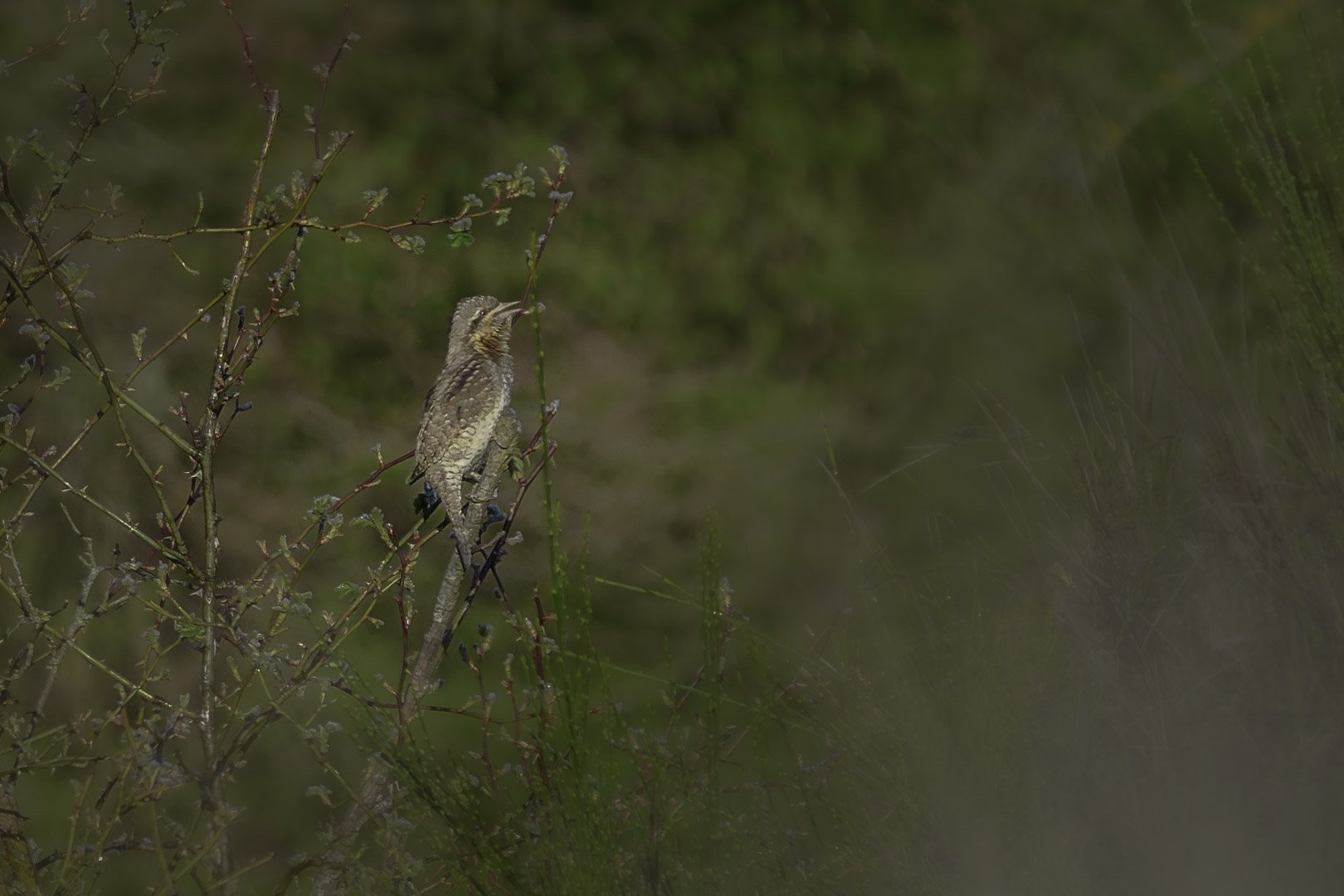Western jackdaw (Coloeus monedula)
Western jackdaw – Picture made in Germany
Key Data
Size: 34–39 cm
Weight: 220–270 g
Diet: Insects, seeds, berries, carrion, and human waste, as well as smaller vertebrates and eggs of other birds.
Season: As a resident bird, the jackdaw is found year-round in its distribution areas. In some areas, mainly in the northern and eastern parts of its range, jackdaws migrate to warmer regions during the winter.
Distribution: The jackdaw is widespread across much of Europe and Western Asia. Its range extends from Ireland and Portugal in the west to Siberia in the east, and from Scandinavia in the north to the Middle East and North Africa in the south.
Distribution and Habitat of the Jackdaw (Corvus monedula)
The jackdaw, a smaller member of the corvid family, is native to Europe, North Africa, and parts of Asia. Its habitat ranges from Ireland and Portugal in the west to Siberia in the east, and from Scandinavia in the north to the Middle East and North Africa in the south. The jackdaw prefers open and semi-open landscapes and is often found near human settlements. Typical habitats include forests, fields, parklands, and urban areas, where they frequently nest in church towers, ruins, or chimneys.
Diet of the Jackdaws Breeding in Germany
The jackdaws breeding in Germany (Corvus monedula) are omnivorous and have a diverse diet that changes depending on the season and availability of food. Their diet consists of insects, worms, seeds, fruits, small vertebrates, and scraps. They also occasionally steal eggs or young birds from the nests of other bird species. Their adaptability in diet allows them to thrive even in urban environments, where they often feed on human food leftovers.
Reproduction
The jackdaw is a monogamous bird that often forms lifelong partnerships. The breeding season begins in spring, where both the male and the female build a nest together, usually in cavities such as tree hollows, rock crevices, or man-made structures like nest boxes. Typically, the female lays 4 to 5 eggs, which both parents take turns incubating for about 17 to 18 days. After hatching, both parents feed the young, which fledge after about four weeks.
Social Behavior of the Jackdaw (Corvus monedula)
Jackdaws are highly sociable birds that often live in large groups, especially outside the breeding season. They communicate with a variety of sounds that help strengthen social bonds within the group and keep each other informed about food sources or dangers. These social interactions often include playful behavior and mutual grooming. During the breeding season, their behavior can become more territorial, with pairs working closely together to defend their nests and raise their young.

